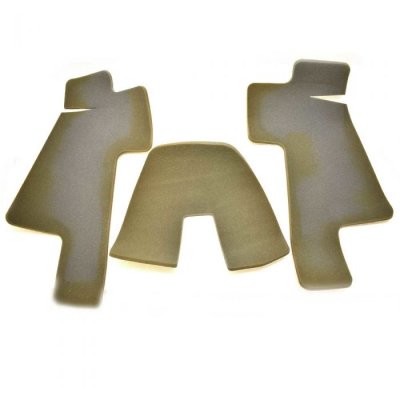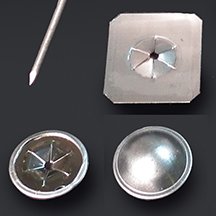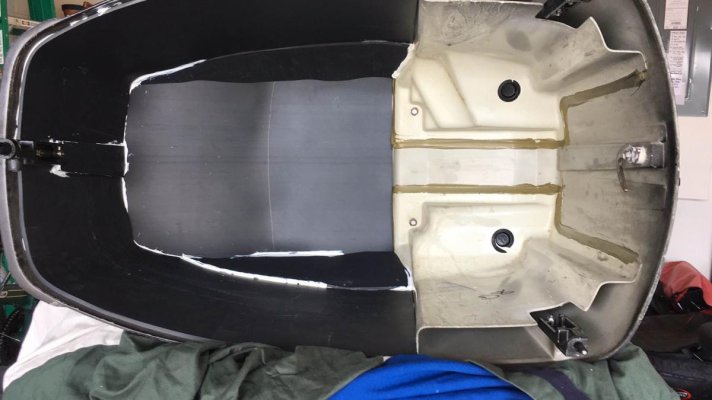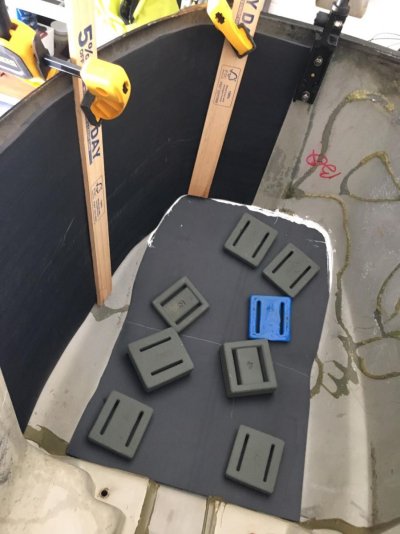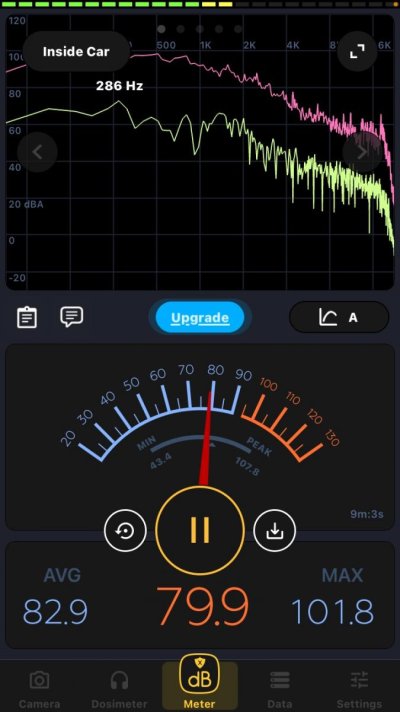I need to add 2lb MLV to the inside cowling of my outboard. What would be a recommended glue to use? I've had mixed results with heavy duty contact cements (like 3M 90).
Even though the MLV is rated to 180 degrees, I think the consequences if it were to delaminate and fall upon the engine could be rather severe.
The glue needs to hold up to vibration, heat and acoustic shock. I'm sorta thinking about 5200 which is permanent, and might even provide a small amount of decoupling as it would absorb some vibrations.
Thoughts?
Even though the MLV is rated to 180 degrees, I think the consequences if it were to delaminate and fall upon the engine could be rather severe.
The glue needs to hold up to vibration, heat and acoustic shock. I'm sorta thinking about 5200 which is permanent, and might even provide a small amount of decoupling as it would absorb some vibrations.
Thoughts?

